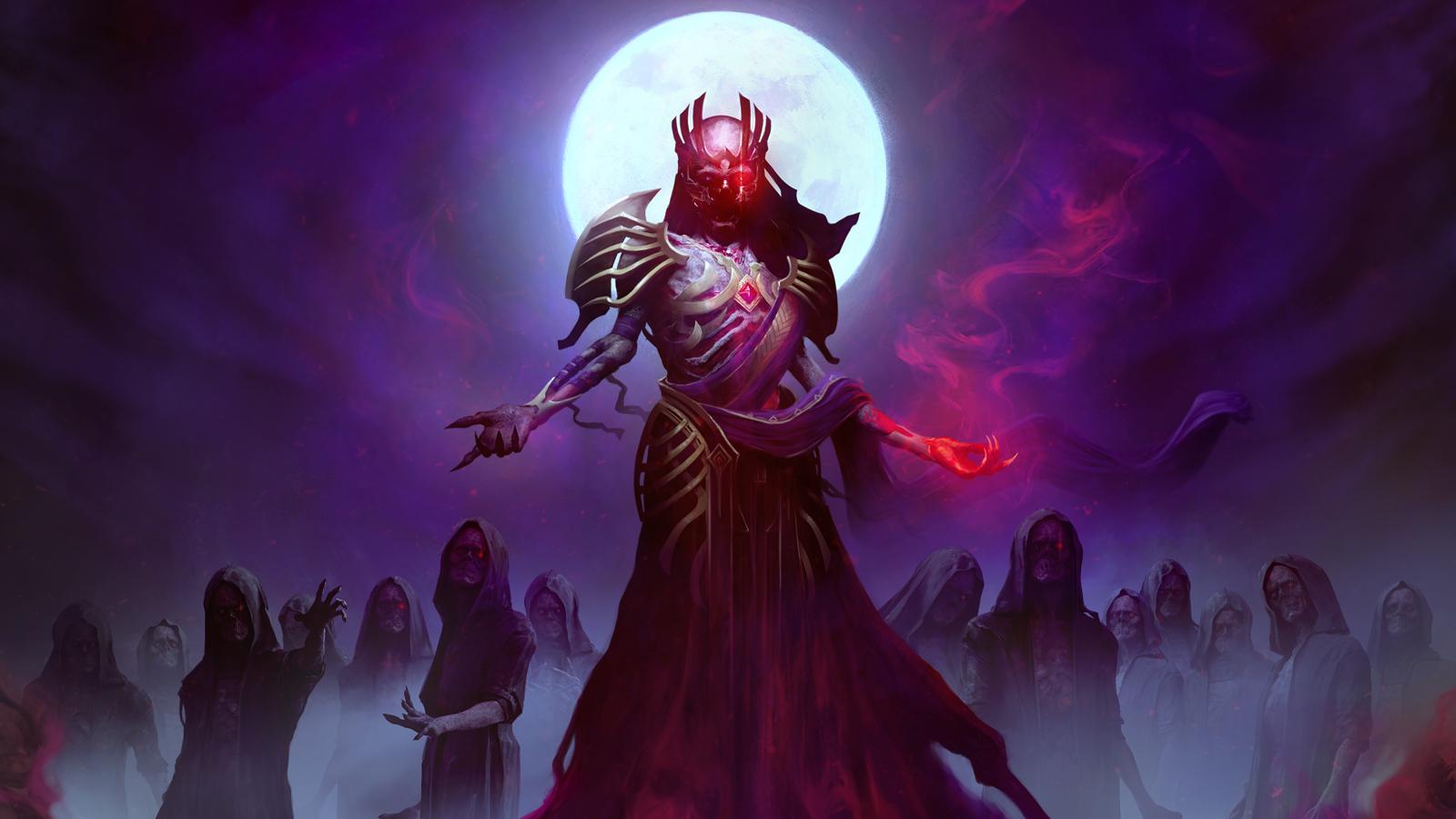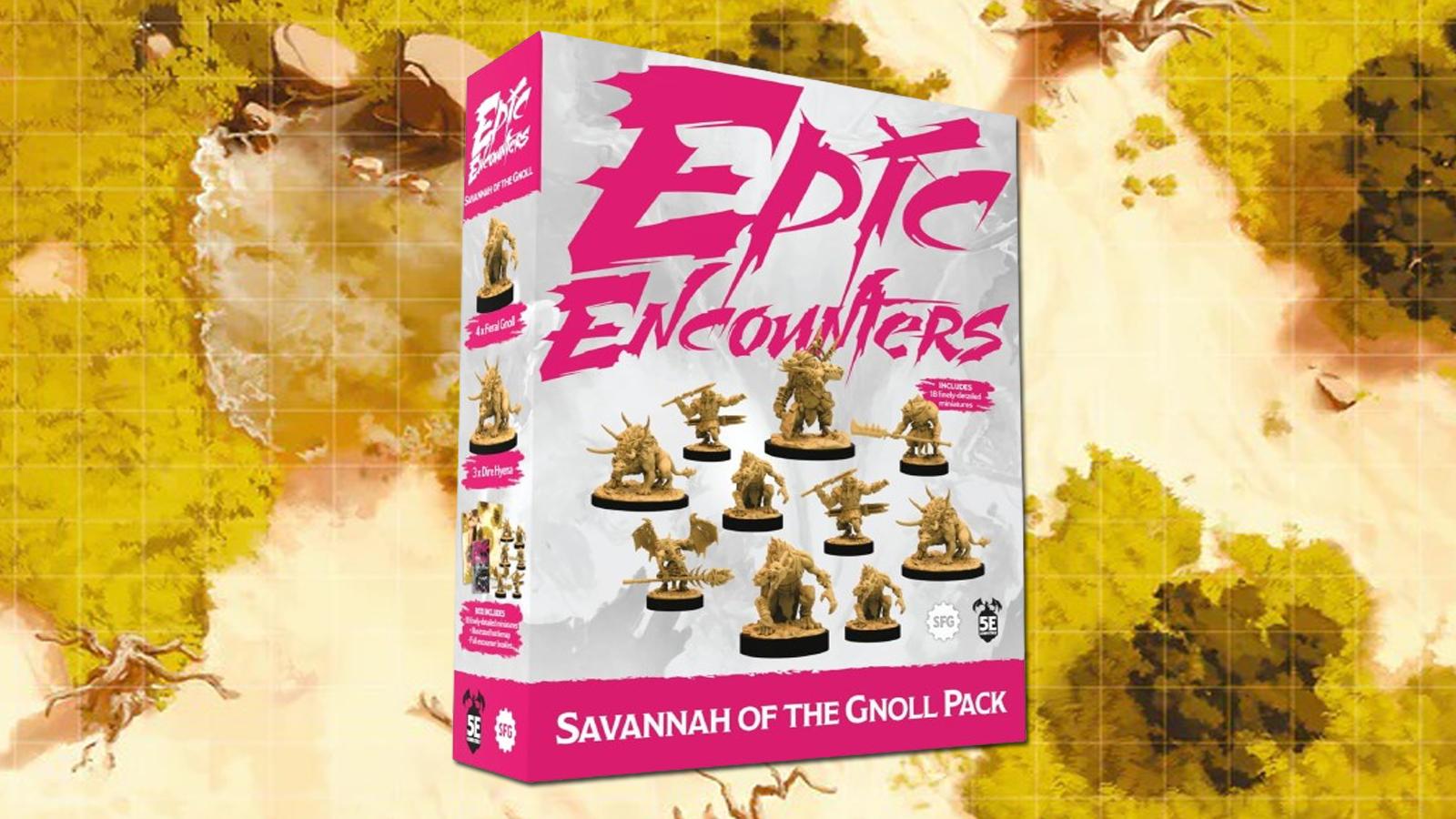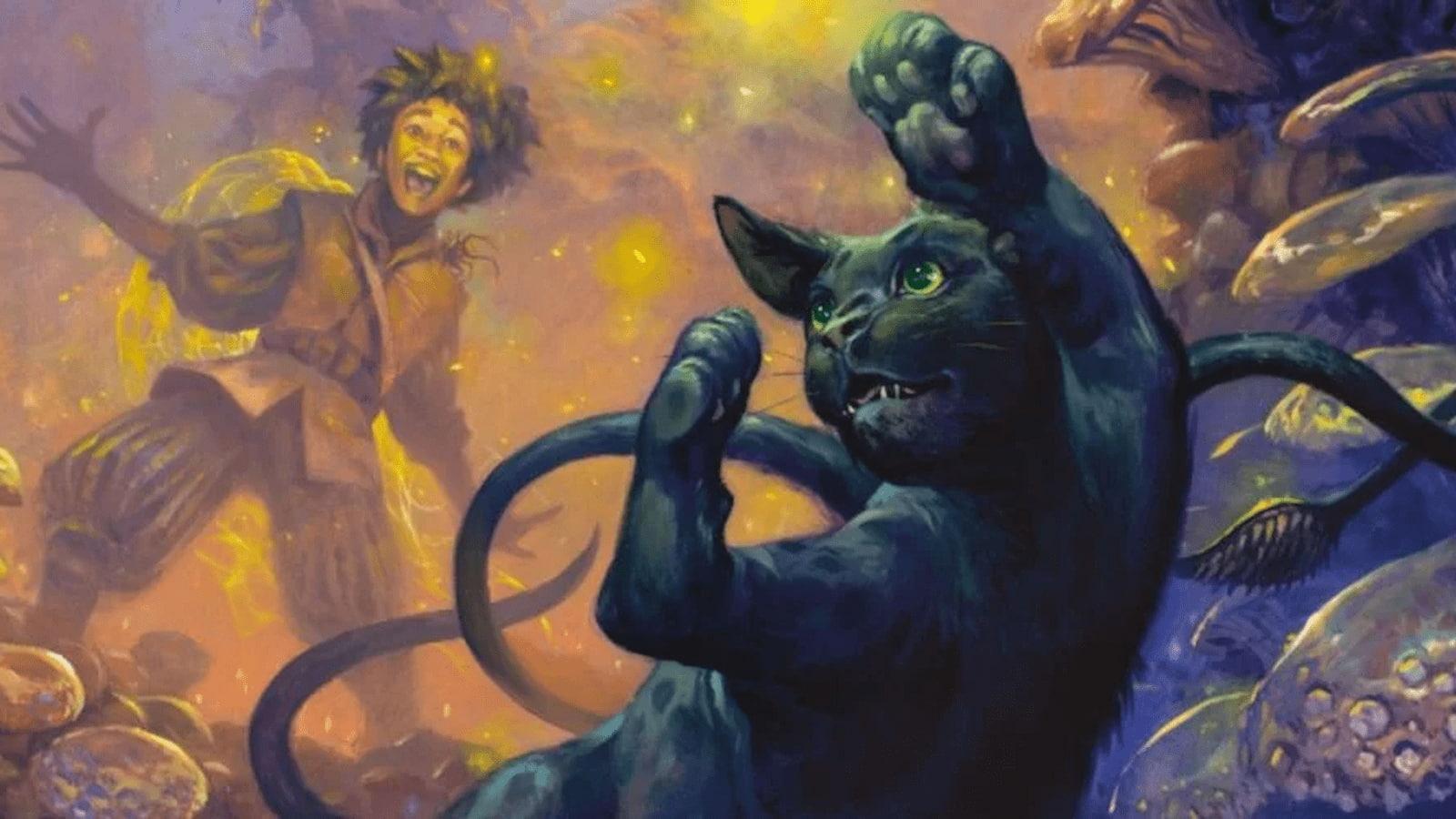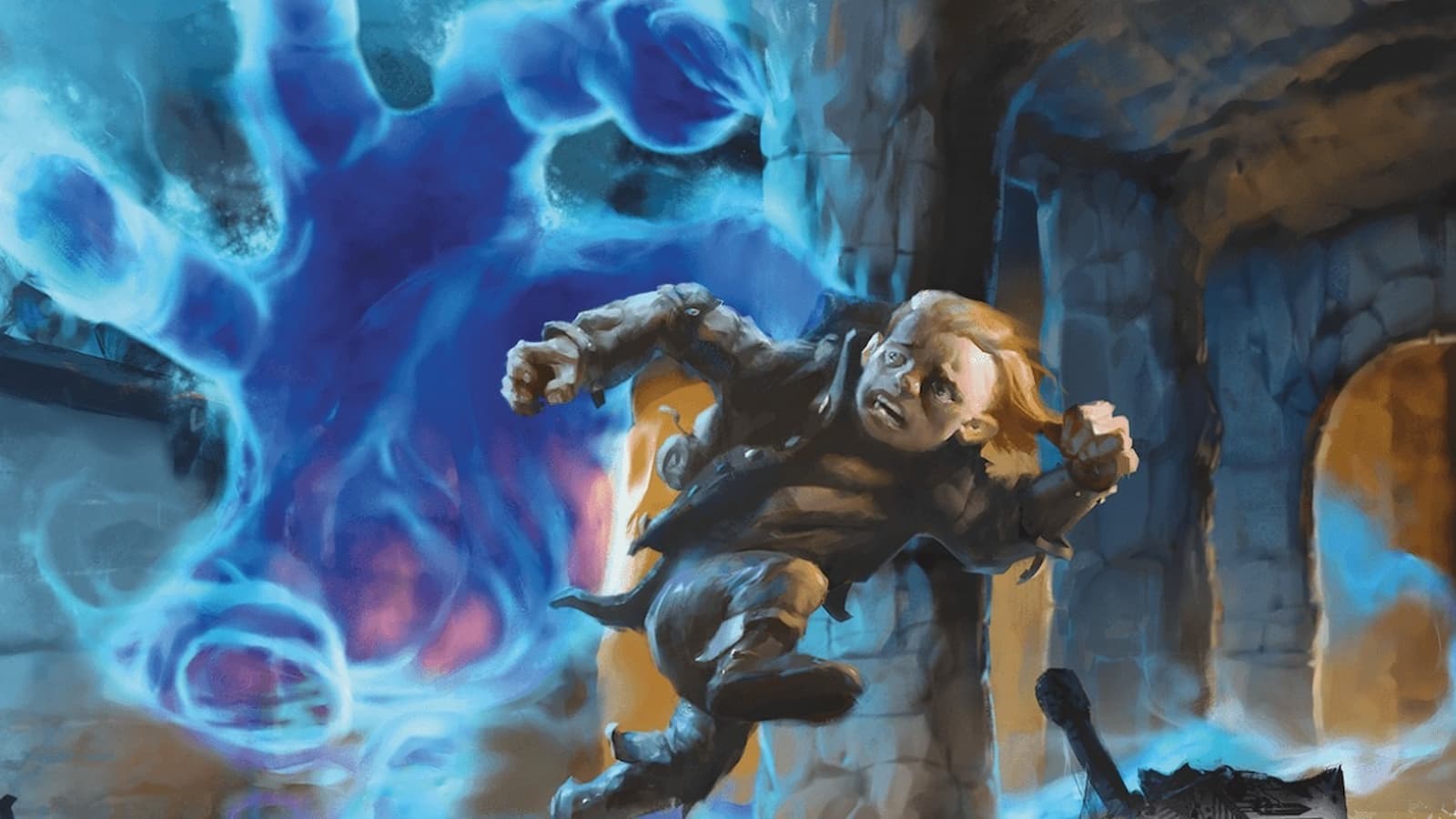D&D 5e Druid Guide: Best options for spellcaster & melee builds
 Wizards of the Coast
Wizards of the CoastIn D&D 5e, everyone knows who the Druids are and what they’re doing, as they might be the most versatile class in the game. Here’s how to build the best melee or spellcaster Druid.
The Druid has generally been one of the most powerful classes throughout the history of Dungeons & Dragons, sometimes considered to be the best, depending on the edition. This is due to their unique mix of traits that combine the best elements of various classes.
Druids are the protectors of nature, with the ability to draw primal magic from the land. This means they are often primary spellcasters with a full range of healing spells, elemental damage magic, and the ability to conjure natural spirits. They can also turn into beasts, letting them fight on the frontline, and can call on animals to aid them in combat.
While Druids have a great range of powers to call on, balancing then properly can be tricky. This is why we’ve created this guide to help you create the best Druid possible, avoiding any pitfalls when rolling up your character.
 Wizards of The Coast
Wizards of The CoastBest race options for Druids in D&D 5e
D&D 5e has moved away from the old racial stat bonuses by introducing the Tasha’s Cauldron of Everything rules, where everyone adds +2 to one stat and +1 to another. Using these rules, these are the best Druid options in D&D 5e:
Triton
Playing as a triton means you never have to bother with amphibious Wild Shapes. You also get Darkvision, resistance to cold, swimming speed, the ability to understand certain aquatic enemies, and the addition of fog cloud at level 1, gust of wind at level 3, and water walk at level 5. This is a great selection of traits for any Druid outside of a desert campaign.
Yuan-Ti
Yuan-Ti might be the best overall playable race in D&D 5e, but they’re especially good for the Druid. The advantage on spell saves, Darkvision, and poison resistance are all useful, but the addition of the poison spray Cantrip, free use of animal friendship with snakes, and the ability to cast suggestion from level 3 help pad out your spell arsenal for free, giving you room to pick some others.
Wood elf
Not only do wood elves get Darkvision, proficiency in Perception, and Fey Ancestry, but they also get more weapon proficiencies, 5ft extra movement speed, and Mask of the Wild, which gives them a chance to hide in a natural environment. These are all extremely useful for the Druid, and wood elves are the race most likely to take up the mantle as protectors of nature.
Druid Hit Dice in D&D 5e: d8
The Druid is in the lower tier when it comes to Hit Dice, as they use d8 + Constitution modifier for determining their hit points. When you take a Short Rest, you can roll up to your Hit Dice x level in healing.
Luckily, the Druid isn’t as concerned about their hit points as other spellcasters. For one thing, they can wear armor and use shields, so long as they’re not made of metal, and they have a decent selection of weapons, giving them some use on the frontlines.
Druids shouldn’t be concerned about their hit points due to their Wild Shape feature, detailed further below. When a Druid transforms into an animal, they gain its hit points, which act like a second life meter, giving them way more hit points than even the melee classes.
Druid ability scores and saving throws
The most broadly useful ability scores for the Druid class, in order of effectiveness, are
- Wisdom
- Constitution
- Dexterity
- Intelligence
- Strength
- Charisma
Wisdom is your main spellcasting score, with a modifier that will affect all of your magic, so make sure this is your top score. Constitution will keep you alive, while Dexterity will help you dodge blows, though this will be restricted by your armor.
It helps to have a bonus to Intelligence, as this is tied to the Nature skill. Strength isn’t as important, as you can Wild Shape into beefier forms when needed, and Charisma can safely be your dump stat, as it doesn’t affect your abilities.
Your saving throws are Intelligence and Wisdom, helping you to fight off spells that influence the mind.
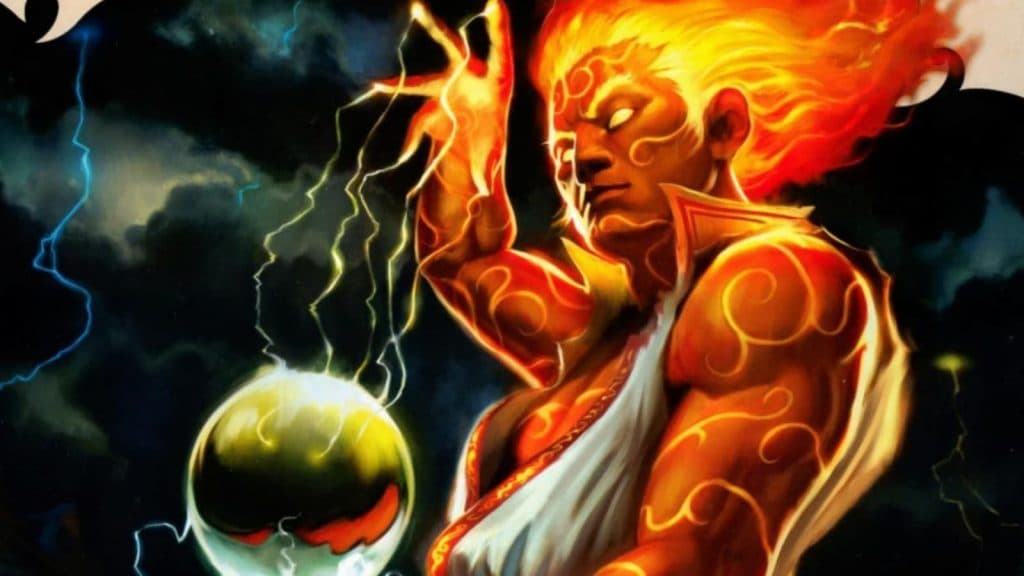 Wizards of the Coast
Wizards of the CoastDruid starting skills and proficiencies
Druids cannot use weapons or armor made predominantly of metal. Their proficiencies reflect this: their weapon proficiencies are clubs, daggers, darts, javelins, maces, quarterstaffs, scimitars, sickles, slings, and spears. They’re also proficient with light and medium armor, shields, and Herbalism Kits.
At level 1, Druids choose two skills from the following list: Arcana, Animal Handling, Insight, Medicine, Nature, Perception, Religion, and Survival. The two most important are Animal Handling and Nature, followed by Survival, Medicine, and Perception.
In terms of weapons, it’s worth getting javelins, a mace, a scimitar, and a dagger, as well as grabbing a shield and the best non-metal armor you can buy. Just don’t expect to use your weapons much, as your spells and Wild Shape form will be your main damage dealers.
Druid Wild Shape can make you powerful in combat
Level 2 is where things get exciting for Druids, as it’s here where they get the Wild Shape ability, which allows them to transform into a Beast with a CR of 1/4, which goes up to CR 1/2 at level 4 and CR 1 at level 8.
Wild Shape lets you keep your personality and your mental stats (Wisdom, Intelligence, and Charisma), but your physical ones switch to that of the animal. You gain any combat abilities the creature has, though you lose the ability to cast spells.
More importantly, when using Wild Shape, you gain the animal’s hit points on top of your Druid’s hit points. If your animal form is defeated, then the excess hit points are transferred to the Druid. So, if you transform into a wolf with 20 hit points and the enemy deals 21 points of damage, you turn back into your humanoid form and take a single point of damage.
The loss of spells is unfortunate, but it allows the Druid to play a healer/buffer outside of combat, and use Wild Shape for when they engage in combat, using unique animal powers to make up for their own lack of physical prowess.
The best Wild Shape forms to choose per level are:
- Black Bear (Level 4) – They have a decent multiattack and Keen Smell, which is useful for tracking invisible opponents.
- Boar (Level 2) – They have a powerful opening attack and a limited form of KO protection for one round.
- Crocodile (Level 2) – Has a Swim speed and a Bite attack with a chance of grappling the foe.
- Dire Wolf (Level 8) – They have a powerful bite, a chance to knock creatures prone with their attack, and gain Advantage on attack rolls when an ally is within 5 feet.
- Elk (Level 2) – They have a powerful charge attack and a ton of movement speed, making them great for combat encounters in open areas.
- Giant Centipede (Level 2) – While not a physical powerhouse by any means, this bug has a powerful poison attack that can paralyze foes.
- Hyena (Level 8) – They have a lot of hit points and can use their Bonus Action to move/attack against if they drop an opponent to zero hit points.
- Giant Octopus (Level 8) – A fast swimmer with lots of hit points, a grapple attack, and an Ink Cloud attack that obscures the area and gives them a free dash.
- Giant Wolf Spider (Level 2) – Similar to the Giant Centipede, but it has more movement speed & hit points, at the trade-off of a weaker poison.
- Wolf (Level 2) – They have a nasty bite, a chance to knock creatures prone with their attack, and gain Advantage on attack rolls when an ally is within 5 feet.
The best Druid subclasses in D&D 5e
At Level 2, the Druid chooses their Circle, which is their subclass. The Player’s Handbook has two options: Circle of the Land and Circle of the Moon. There are also some better options available in other sourcebooks.
Circle of the Land
The Circle of the Land is all about boosting your spellcasting powers over Wild Shape. Off the bat, you get an additional Druid Cantrip and the ability to restore expended spell slots equal to half your Druid level while taking a Short Rest.
More importantly, Circle of Land Druids get access to additional spells based on terrain types (similar to a Cleric’s Domain) which are always considered prepared and don’t count towards your total. Of these, Grassland is the best for buffs, while Swamp & Underdark have great combat & debuff options.
The high level options for the Circle of Land aren’t that impressive, however, and it’s easily outstripped by options in the other books, like Circle of Stars and Circle of Wildfire.
Circle of the Moon
This class is all about boosting Wild Shape, so if you want to focus on transforming into beasts, then this is your Circle. Not only do they skip straight to CR 1 transformations, but they can transform as a Bonus Action and can burn spell slots to heal 1d8 x times level in their Wild Shape form.
As they level up, their claws become magical weapons and eventually gain the power to transform into elementals. This makes them the idea choice for melee-focused Druids who preserve their spells for outside of combat.
Circle of Stars
Appearing in Tasha’s Cauldron of Everything, this amazing subclass is a great choice for spellcaster Druids. For starters, you get the guidance Cantrip for free and can cast Guiding Bolt (a powerful low-level Cleric combat spell) a number of time equal to your proficiency bonus, which is amazing for level 2.
Secondly, you can spend Wild Shape to enter your Starry Form, which has three variants: Archer, Chalice, and Dragon. Archer lets you perform a 1d8 + Wisdom modifier spell attack as a Bonus Action on your turns, Chalice heals you when you heal another creature, and Dragon lets you turn a 9 or lower on a d20 into a 10 when making a Constitution saving throw or Intelligence or Wisdom check.
The variety of features offered by the Circle of Stars make it a great choice for Druids who want to focus on magic but don’t want to monitor a spell list. You can reliably switch on Archer Starry Form and blast enemies with Guiding Bolt + Archer arrow each turn for a ton of damage.
Circle of Wildfire
This subclass also appeared in Tasha’s Cauldron of Everything. Off the bat, this subclass gives you an amazing selection of healing & elemental fire spells, siminal to the Circle of Land mini lists, with burning hands and cure wounds at level 2, followed by flaming sphere and scorching ray at level 3.
The Circle of WIldfire Druid can also conjure a Wildfire Spirit. Simply being within 10ft of this elemental forces a Dexterity saving throw or take 2d6 damage. If you want to spend your Bonus Action, you can also command the Wildfire Spirit to attack.
Best Druid spells per level
Like the Cleric, the Druid can change their spells after a Long Rest. This means they are versatile when it comes to planning encounters with known threats. The spells listed below are the best general options that give you a wide spread of healing, combat, status effects, buffs, debuffs, summons, and shapeshifting magic that will let you handle a variety of common threats.
| Spell Level | Best Spell Options |
|---|---|
| Cantrip | Druidcraft, Guidance, Produce Flame, Shillelagh, Thorn Whip |
| 1 | Cure Wounds, Entangle, Faerie Fire, Goodberry, Healing Word |
| 2 | Flaming Sphere, Heat Metal, Moonbeam, Pass without Trace, Spike Growth |
| 3 | Call Lightning, Conjure Animals, Dispel Magic, Protection from Energy, Wind Wall |
| 4 | Blight, Confusion, Conjure Woodland Beings, Ice Storm, Polymorph, Wall of Fire |
| 5 | Antilife Shell, Awaken, Conjure Elemental, Greater Restoration, Mass Cure Wounds |
| 6 | Conjure Fey, Heal, Heroes’ Feast, Sunbeam, Wind Walk |
| 7 | Fire Storm, Plane Shift, Regenerate |
| 8 | Earthquake, Feeblemind, Sunbeam, Tsunami |
| 9 | Shapechange, Storm of Vengeance, True Resurrection |
If you click on a product link on this page we may earn a small affiliate commission.
